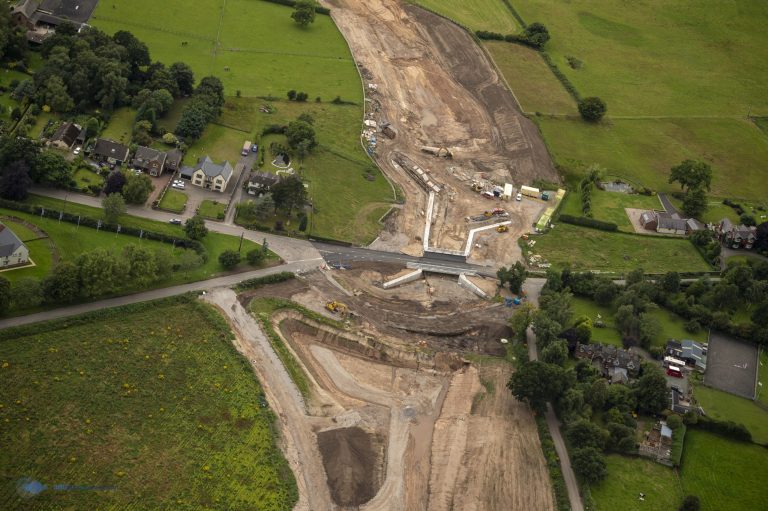GHD, one of the world’s leading professional services companies, is pleased to announce that it has been appointed by Transport for London (TfL) as its Traffic Engineering Support Partner to support the delivery of feasibility and concept design packages for projects within its Roads, Streets and Places department’s cycling portfolio. Notably, GHD will help develop the feasibility design for Cycle Future Route 15 (CFR 15), which will link Streatham to Oval and is one of 25 routes identified by TfL as having the highest potential demand for cycling in London. CFR 15 is part of TfL’s Healthy Streets Approach, a system of policies and strategies to deliver a healthier, more inclusive city where people choose to walk, cycle and use public transport, in line with the Mayor’s Transport Strategy. Work has been accelerated by the COVID-19 pandemic as part of TfL’s new Streetspace for London programme, which aims to create more space for people to safely walk or cycle as London emerges from the coronavirus lockdown, in order to avoid a car-based recovery. Following a competitive tender process, GHD was appointed to TfL’s four-year Traffic Engineering Support Partner Framework on account of its specialist sector experience, which includes developing financially viable multi-modal road design solutions, road and traffic safety, and traffic modelling. As TfL’s exclusive Traffic Engineering Support Partner, GHD has mobilised quickly on the project and will provide dedicated resource over the next four years. The GHD team has been assembled from across the company’s global network and is centered around TfL’s specific requirements. A combined TfL and GHD team have recently worked on designs for the A23 Streatham Hill Healthy Streets scheme, where the primary objective is to bring about a ‘step change’ in the street design and public realm quality. This is mainly being achieved by enabling informal pedestrian crossings to help improve accessibility, while also providing cycling infrastructure and addressing vehicles’ speed. Working in collaboration with Lambeth Council, TfL and GHD prepared multiple preliminary and feasibility designs to achieve this along a 1km stretch of the A23 Streatham Hill. Special considerations were given to mitigating the impact of the scheme on bus journey times and ensuring that the design of the crossings was inclusive for mobility and visually impaired users. The TfL and GHD team will now develop CFR 15 feasibility designs between Oval Station and Pendennis Road in Streatham over the next six months to April 2021. The team will also design temporary cycle lanes that will be instated along the entire length of CFR 15 to encourage more walking and cycling in the current COVID-19 environment. GHD has a long and successful track record of working with TfL, having previously been awarded contracts under its Transport Planning & Impact Monitoring, Engineering, and Project Management Frameworks. Craig Adams, TfL Client Account Director and Traffic Engineering Team Leader at GHD, said: “We are delighted to be supporting TfL’s design team once again, as work on Cycle Future Route 15 kicks off at an accelerated pace on account of the COVID-19 pandemic. This route will be an important addition to London’s cycling infrastructure, which is playing a more vital role than ever before on account of social distancing requirements on the public transport network. It has never been more important to get Londoners out walking and cycling, and the Healthy Streets Approach is key to making this happen by improving the experience of being on London’s streets. We look forward to supporting TfL once again as it works to make the capital’s streets safer and more pleasant, with reduced pollution and enhanced accessibility, for the benefit of the wider London community.” With regards to the A23 Streatham Hill Healthy Streets scheme designs, Kieran Hutley, TfL’s Principal Sponsor, Lambeth – Network Sponsorship – Investment Delivery Planning, said: “Will Norman, the Mayor of London’s Walking & Cycling Commissioner, was very impressed that the combined TfL and GHD team had managed to reduce the bus journey time delays, as well as design a scheme with segregated cycle facilities and straight-across pedestrian crossings, achieving the TfL Healthy Streets objectives.”














